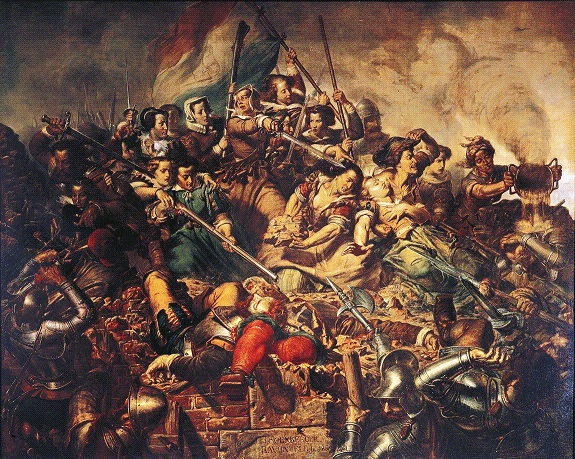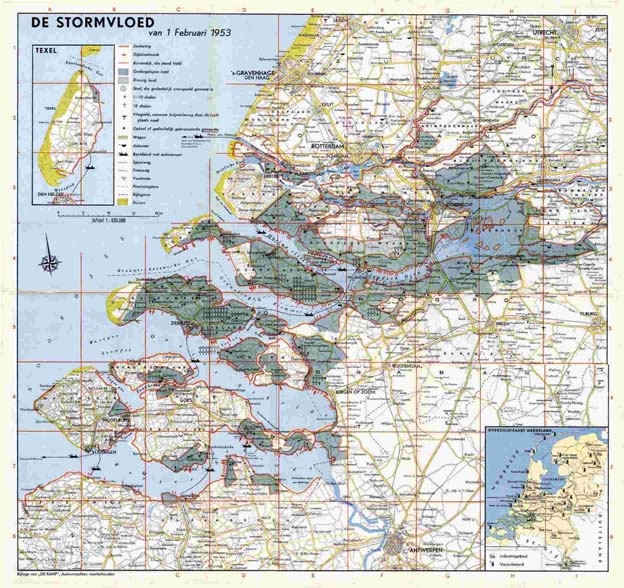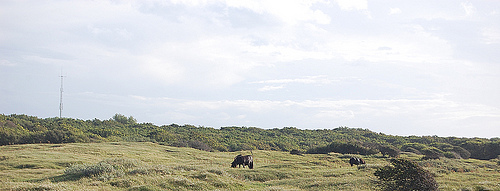To call a woman a kenau in Dutch is to call her a harridan, a bitch, harsh, strident, aggressive, taking on masculine qualities. It’s a slur that’s rooted in an actually existing, historical woman, Kenau Simonsdochter Hasselaer, a Haarlem born widow, woodsmerchant and shipbuilder who became famous due to her role in the siege of her hometown by the Spanish in 1573.
As you of course know, the Netherlands fought the Eighty Years War to liberate themselves from Spanish and Catholic oppression, a large part of which consisted of the siege and countersiege of rebel or loyal cities. Haarlem in the 1570s was one of the richest, most important cities in the north of Holland and when it rebelled the Spanish were quick to put it down. The siege ended in a defeat for the rebels, but not before Kenau’s role in it had become legend.

As legend has it, Kenau Hasselaer was the leader of an army of women who fought together with the men on the walls of Haarlem, pouring boiling pitch and water over the Spanish troops attempting to climb the walls. How historical this is, has been disputed, but what’s undisputed was that she was involved in supporting the soldiers on the walls, organising repair works and the like.
But of course the idea of Kenau Hasselaer as the firebreathing leader of a monstrous regiment of women is much more interesting, something that was played up in Dutch propaganda after the siege and which ultimately led to her name becoming the synonym for an aggressive woman, with the connection to the historical figure forgotten. A new Dutch movie, which premiered only this week, seeks to restore that connection, to rehabilitate Kenau as a name of pride, not a slur.
Course, being a Dutch film it’s not likely to be much good, but the idea is interesting.



